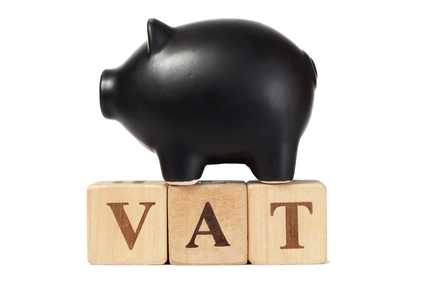
Some businesses do not want to become VAT registered because they think it is too complicated to do VAT returns. It is quite straightforward especially now that VAT returns can be submitted directly from your accounts software.
Here are some tips for keeping VAT simple and getting it right.
Sales
- Ensure you include all the information required for a VAT registered business on your sales invoice. Find further details about what is required on a VAT invoice here on HMRC website.
- Raise a credit note and another invoice if you need to make a change after you have sent it otherwise you and your customer will get confused.
- If your invoice is raised within your accounts software a copy will be retained in your accounts. If you raise your invoice or credit note in other software (Word, Excel, etc) retain a copy of this electronically or on paper in a way that you can find it easily should you be asked for it.
- If you charge different rates of VAT for different sales these must be identified separately on your invoice.
- If you make sales through a till for Making Tax Digital these must be recorded as daily totals. You do not have to record them as individual sales.
Purchases
- Ensure you know whether you can claim back VAT on your purchase. Some purchases are outside the scope of VAT, some are exempt and some are zero rated. Find further information about which items are not standard rated for VAT on HMRC website.
- Retain legible paperwork or electronic document for every purchase you make which you are claiming back VAT on in a way that you can find it easily should you be asked for it.
- Sometimes a purchase will be "reverse charge" for VAT which means you must record it as a purchase as well as a sale. An example of this is Google Adwords. Businesses close to the VAT threshold must include the value of reverse charge invoices in their calculations as these may take them over the threshold sooner than they expect.
- You can claim back VAT on purchases you made up to 4 years previously when you first become VAT registered if you still have them. You can claim back VAT on services up to 6 months prior to your VAT registration date.
- VAT cannot be claimed on purchases if you do not have a valid invoice addressed to your business. VAT cannot be claimed on a proforma, order or delivery note even if the VAT is shown separately.
Finally
- Paying your VAT by direct debit gives you 3-5 days extra before the payment is taken by HMRC.
- HMRC can visit you to check your records and can issue a penalty if your records are not in order.
- VAT records must be kept for at least 6 years.
- You must keep a digital record of your net sales and VAT on those sales and your net purchases and the VAT on those purchases. If you have charged more VAT than you are reclaiming then you must pay HMRC. If there is more VAT on the purchases you have made than on the sales you have made your return will show a refund due to you. If a refund is unusual for your business HMRC may ask for some additional information from you.
- Your first VAT return after 1st April 2019 must be submitted digitally through your accounts software or through bridging software unless HMRC has written to you to defer your MTD return until 1 October 2019.
HMRC has lots of useful information on its website about VAT from choosing different types of scheme to completing your VAT return. If you still don't want to do it yourself we provide a bookkeeping and VAT service which will ensure your accounts are up to date, accurate and your VAT returns are filed on time.
